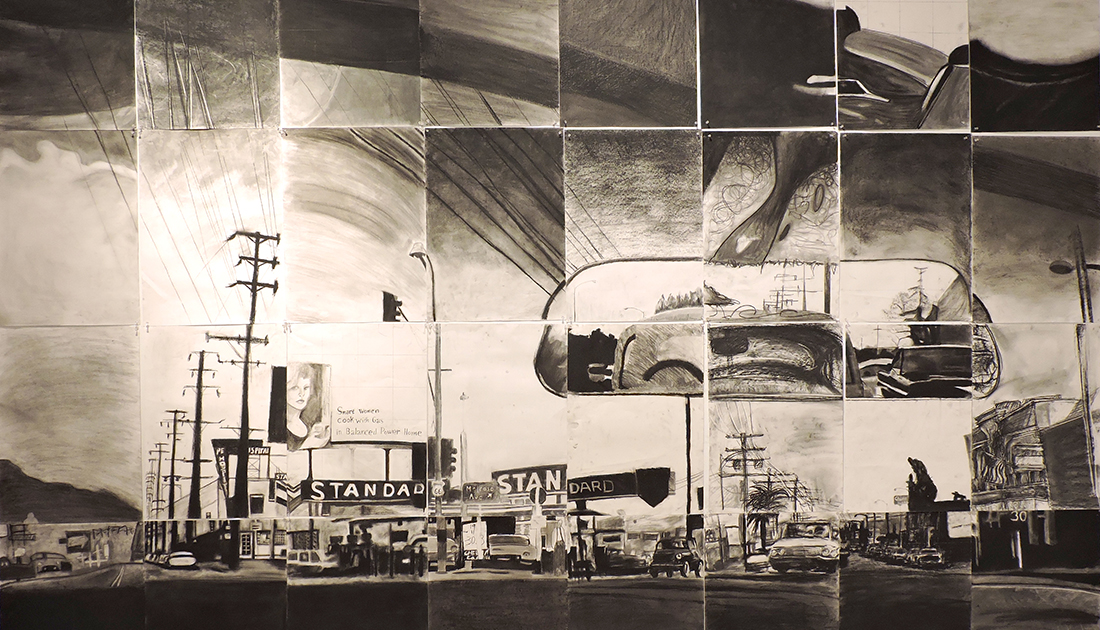COMM 1300 Visual Communication

Course description
Introduction to visual communication theory. Examines how visual images influence our attention, perspectives, and understanding. Constructs a visual analytic language for becoming visually aware and for thinking critically about how visual images influence us. Applies this language to visual artifacts such as photos, maps, comics, and graphs and considers how we communicate visually in various contexts (e.g., with our bodies, in scenes of strong emotion, and in human-built environments).
Outcome 1: Students will be able to master the visual analytical language of images.
Outcome 2: Students will be able to critically engage with concepts and theories of visual perception and communication.
Outcome 3: Students will be able to use the visual analytical language of images to analyze, critique, evaluate, and create new visual artifacts.
Outcome 4: Students will be able to describe the social, cultural, and environmental factors that shape perception and that cause different people to gain different messages from the same visual artifacts.
Outcome 5: Students will be able to recognize how the creators of visual images employ rhetoric and persuasion to guide viewers to desired perceptions.
Outcome 6: Students will be able to identify when visual artifacts such as photos, maps, and graphs convey misleading, incorrect, or biased information.
Outcome 7: Students will be able to interpret the academic literature in visual communication while honing ability to read, comprehend, and critically engage with scholarly research.
No upcoming classes were found.
Previously offered classes
The next offering of this course is undetermined at this time.


